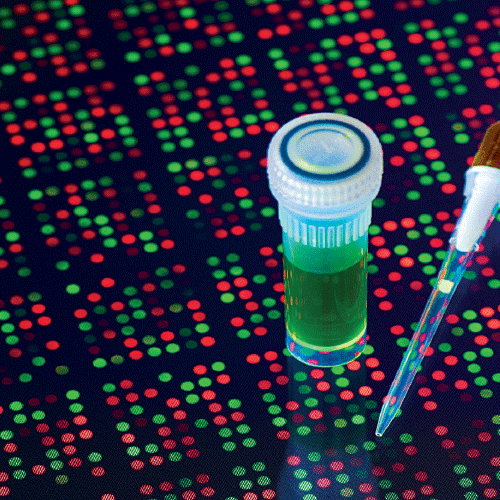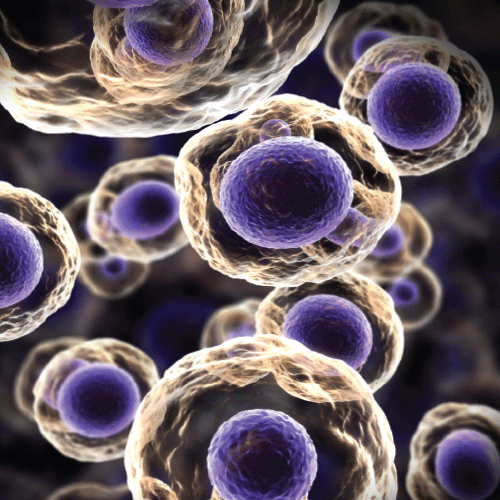What is RNA and Protein Analyses?
As sequencing techniques identify the genetic recipes of an organism, understanding the function of those genes becomes increasingly important. Many of the fundamental measurements used by molecular biologists seek to determine the presence, absence or relative amounts of RNA produced by a gene.
 Initially, these approaches examined one or only a handful of RNA sequences at a time. During the last decade, researchers developed techniques to study tens of thousands of RNA fragments simultaneously arrayed on a glass slide. Called microarrays, these could be used to identify which genes are active or silent in a given cell type, classifying, for example, the genes that distinguish a liver cell from a neuron or the set of genes activated or silenced across different types of cancer.
Initially, these approaches examined one or only a handful of RNA sequences at a time. During the last decade, researchers developed techniques to study tens of thousands of RNA fragments simultaneously arrayed on a glass slide. Called microarrays, these could be used to identify which genes are active or silent in a given cell type, classifying, for example, the genes that distinguish a liver cell from a neuron or the set of genes activated or silenced across different types of cancer.
Second-generation sequencing technology has recently been extended to also identify RNA expression across cells. Scientists have shown that this approach, known as RNA-seq, yields more precise results than microarray analysis. It is expected that RNA-seq will become the standard tool for measuring genome-wide gene expression.
Large-scale, high-throughput technologies have also been developed to identify protein activity and interactions. This represents part of the emerging field of proteomics, which seeks to understand the entire protein complement (amounts, locations, interactions and even activities) of an organism’s cells. For example, tissue microarrays, tiny slices of tissue from a single or multiple sample, can be tested with antibodies to identify the locations of proteins within the cell and their relative amounts. Building on these methods, efforts are continuing towards a Human Proteome Project that would systematically catalog all the proteins manufactured in the body. The scale and complexity of this project is much greater than the Human Genome Project as a single gene can direct the production of multiple different versions of a protein and each protein can in turn be modified in a number of different ways.


